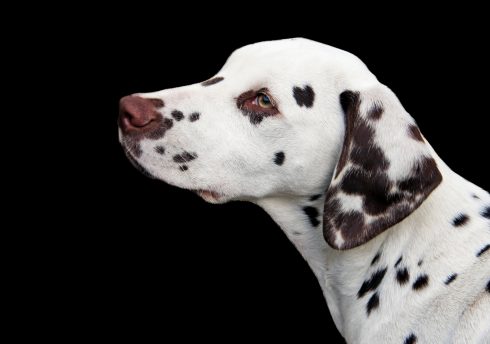JAEN archeologists have discovered the remains of a 1.2 metre Roman lion statue, considered the best preserved find in the entire Iberian peninsula.
Dated between one and two BC, the lion is thought to be one of a pair, which would have flanked the entry into the old fortified city.
The discovery was made during excavations, being carried out in the north wall of the Ibero-Roman site of Cástulo in Linares in Jaen.
Archeologist Vicente Barba said that lions were common statues in Roman cities ‘because they symbolize strength’ and that although there are numerous other similar statues in Cordoba, Sevilla and Malaga, none are so well preserved.
Archeologists also recently discovered the remains of a Roman statue, dated to two AD, at a farmhouse near Antequera.
The marble head, which is dated to the Roman era but is thought to be of Greek origin, depicts the owner of a villa, which previously occupied the current site of the farmhouse.
Since 2010, the farmhouse – about two km from El Torcal – has been treated as a site of archeological interest.








